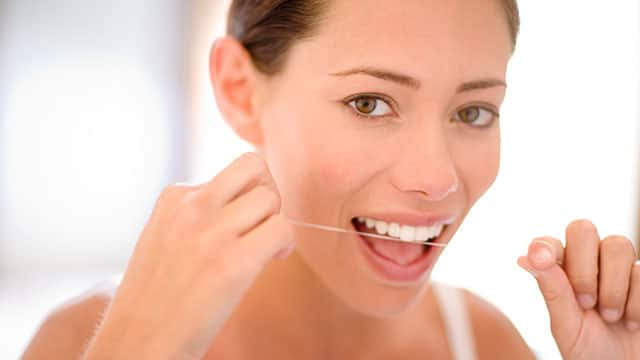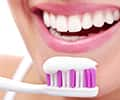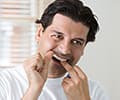When to Start Helping Your Children Floss
According to the American Academy of Pediatric Dentistry, children should start flossing when enough of their teeth have grown next to each other. Bacteria can settle between the teeth, leading to early tooth decay and inflamed gums.
Parents often have to floss their children's teeth for them at first. It's important to be gentle when moving the floss between your child's teeth. Forceful flossing can lead to soreness or bleeding gums. Floss gently, especially when teaching your children how important flossing is.
How to Encourage Your Children to Make Flossing a Habit
Your child is going to need your help to maintain proper oral hygiene. Cleaning between their teeth can be challenging to do every day, but you can do activities to make it fun, including:
- Demonstrating how flossing works
- Rewarding proper flossing
- Singing songs
- Letting your child pick out their oral care products
Demonstrate how well floss removes food debris from your teeth after eating. Eat a snack such as leafy greens or fruit that tend to get stuck between your teeth, and then demonstrate proper flossing technique so your child can see how it removes pesky food. Help your child make flossing a habit by making an oral care calendar and giving your child stickers to place on days they accomplish their oral care routine, including flossing. You can make oral care fun by using dental products with their favorite characters, rewarding good behavior with stickers, or singing a silly song during the daily routine.
How to Floss in 4 Easy Steps
- Step 1: Dispense about 18 inches of floss.
- Step 2: Wind the floss around your thumb and index finger at each end until you have a short section of floss between your fingers to use. Gently slide the section of floss between your child's teeth.
- Step 3: Angle the floss into a 'C' shape so it curves around each tooth and slide the floss along the side of the tooth and under the gumline.
- Step 4: Use a fresh section of floss for each tooth to avoid reinserting food and biofilm.
You can use water flossers or interdental toothbrushes to clean between your children's teeth if flossing is too uncomfortable.
Helping your child brush and floss, along with keeping their dentist appointments, can ensure your child maintains their oral hygiene on their own as they grow.
This article is intended to promote understanding of and knowledge about general oral health topics. It is not intended to be a substitute for professional advice, diagnosis or treatment. Always seek the advice of your dentist or other qualified healthcare provider with any questions you may have regarding a medical condition or treatment.
ORAL HEALTH QUIZ
What's behind your smile?
Take our Oral Health assessment to get the most from your oral care routine
ORAL HEALTH QUIZ
What's behind your smile?
Take our Oral Health assessment to get the most from your oral care routine
Join Us
Get the best of your oral health routine and take it to the next level with expert advice, recommendations, products and solutions and special offers.
Join Us
Get the best of your oral health routine and take it to the next level with expert advice, recommendations, products and solutions and special offers.















